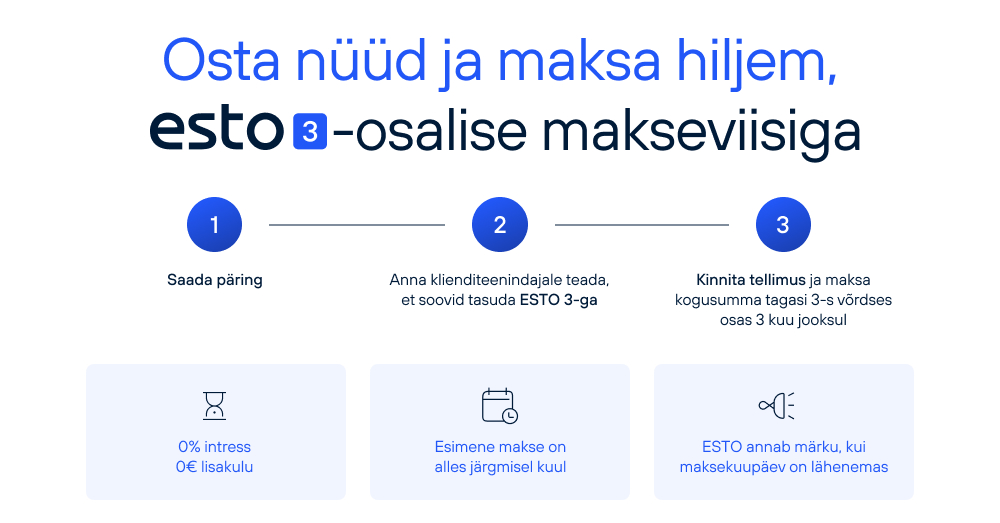Data Science: Unlock the power of Data to shape the future
Join our comprehensive Data Science course and secure a future-proof career by mastering the tools and techniques that drive modern innovation
I want to join
Join our comprehensive Data Science course and secure a future-proof career by mastering the tools and techniques that drive modern innovation
I want to joinData is at the heart of today’s most important decisions, and Data Scientists are the experts who turn raw data into actionable insights. Estonia’s rapid digital growth and strong emphasis on technology create a high demand for skilled Data Scientists. By mastering data analysis, machine learning, and advanced statistical methods, you’ll be prepared to lead data-driven projects that shape the future.
Interested in an upcoming start date for this course? Fill out the form and we will contact you.
Begin with an introduction to Data Science, exploring the role of a Data Scientist and how data drives decision-making in organizations. You’ll gain insights into the different tools and environments used in the industry.
Build a strong foundation in Python, the language of choice for Data Scientists. You’ll learn essential programming concepts, as well as how to use libraries like NumPy and Pandas to manipulate and analyze data efficiently.
Dive into machine learning techniques, from supervised learning to deep learning. You’ll work with popular frameworks like TensorFlow and Keras to create models that can predict outcomes, recognize patterns, and make data-driven decisions.
Master the art of data storytelling by learning how to visualize complex data sets using tools like Matplotlib and Seaborn. You’ll learn how to present your findings in a clear and compelling way, making data insights accessible to stakeholders.

We are experienced architects of success. We have helped 20,000 people expand their competences. We can help you too.
We are specialists when it comes to successful projects. Over 10 years, we have created more than 20 courses covering a variety of disciplines. Your course will be based on the solid foundation of our many years of international experience.
We know education. Our courses are thoughtful, practical and develop the skills currently required in the job market. With us, you will acquire the competences of the future.
Take advantage of our limited-time offer! Enroll in the Data Science course today and get up to 30% off. Don’t miss out—use code ‘SUMMER30’ at checkout. Limited spots available!
Get a solid foundation for launching your career on the IT market. This package includes the course workbook, live sessions, and video training.
Spice up your course with individual sessions with our career coach, prepare for a job interview.
In addition to the standard elements of the IT Knowledge and IT Career packages, the Career in IT PRO includes much more to help you get into the IT industry as soon as possible after completing the course!
Tuition fees must be paid by the start date. If payment is by instalments, payment will be made according to the agreed schedule. Unemployment Insurance Fund (Töötukassa) will pay for Unemployment Training Card holders. Tuition fee refunds and arrangements for withdrawal are agreed in the training contract.
For more information, please contact our customer adviser!
Inbank hire purchase
Inbank hire purchase is a flexible payment solution which gives you the ability to pay
for the services in instalments. Inbank hire purchase allows you to split a large one-
time expense into small monthly payments. Spread the purchase sum over up to 6
years. The first payment is due only a month later.

Advantages:
● Flexible solution for large expenses
● You choose the instalment amount
● You choose the instalment payment period
● You choose the payment date
● Response to an application within a minute
Financing terms:
● Financing amount 100 – 10 000 €
● Period 3 – 72 months
● Interest rate 9.99%
● Down payment 0 €
● Contract fee 19.99 €
● Administration fee 0.99 € per month
Applying for a hire purchase is easy!
![]()
The interest rate of the Inbank hire purchase is 29,31% per year under the following example conditions: purchase amount 800€, contract period 9 months, interest rate 9.99% from the purchase amount, down payment 0 €, administration fee 0.99 € per month, contract fee 19.99 €, monthly installment 98.85 €, total credit cost 889.70 €. The financial service is provided by AS
Inbank Finance. Before signing the contract, we recommend that you familiarize yourself with the terms and conditions of the financial service, consult with a specialist

ESTO 3 makseviis on innovatiivne lahendus, mis võimaldab ostu kinnitada ja tasuda mugavalt ning kiirelt – kolmes võrdses osas, ilma lisatasudeta!
Anna klienditeenindajale või müügispetsialistile teada, et soovid oma ostu eest tasuda ülimalt populaarse ESTO 3 makseviisiga, 3-s võrdses osas, ilma lisakuludeta.
ESTO 3 aitab jagada ostusumma kuni 3-ks võrdseks osaks:
ESTO 3 makseviisi pakub ja haldab ESTO AS.
MIS ON ESTO?
ESTO on finantsteenuseid pakkuv ettevõte, mille algusaeg ulatub aastasse 2016. Bränd sai alguse vajadusest uue generatsiooni makselahenduste järele, mis oleksid sobilikud nii lõpptarbijale kui ka müüjale. Täna pakub ESTO kõige suuremat valikut erinevaid makselahendusi Baltikumis ning ESTO partnervõrgustikku kuulub üle 2600 koostööpartneri ja kaupluse ning üle 300 000 kliendi.
Tutvu tingimustega siin: www.esto.ee
Vajadusel kontakteeruge ESTO AS töötajaga – [email protected] või www.esto.ee LIVE chat-aknas.
Take advantage of our limited-time offer! Enroll in the Data Science course today and get up to 30% off. Don’t miss out—use code ‘SUMMER30’ at checkout. Limited spots available!
After completing this course, you’ll develop a deep, data-driven mindset that allows you to tackle problems methodically and effectively. You’ll learn to view challenges through the lens of data, enabling you to analyze and interpret complex datasets with confidence. This approach will not only help you solve intricate problems but also allow you to uncover insights that drive strategic decision-making in any organization.
This course will equip you with the full spectrum of skills needed to manage data-driven projects from start to finish. You’ll be proficient in everything from data collection and cleaning to developing sophisticated models and deploying them in real-world scenarios. This comprehensive ability to handle the entire data project lifecycle will enable you to drive innovation within any organization, ensuring that your contributions are both impactful and valuable.
When you master Python, projects that previously seemed too complicated will become feasible. Whether you want to create a big data application, a business process automation tool or develop machine learning projects, Python will allow you to make them happen. Your ability to develop such projects will open new doors in your career. You will gain the tools to take on bigger and more ambitious challenges.
Interested in an upcoming start date for this course? Fill out the form and we will contact you.